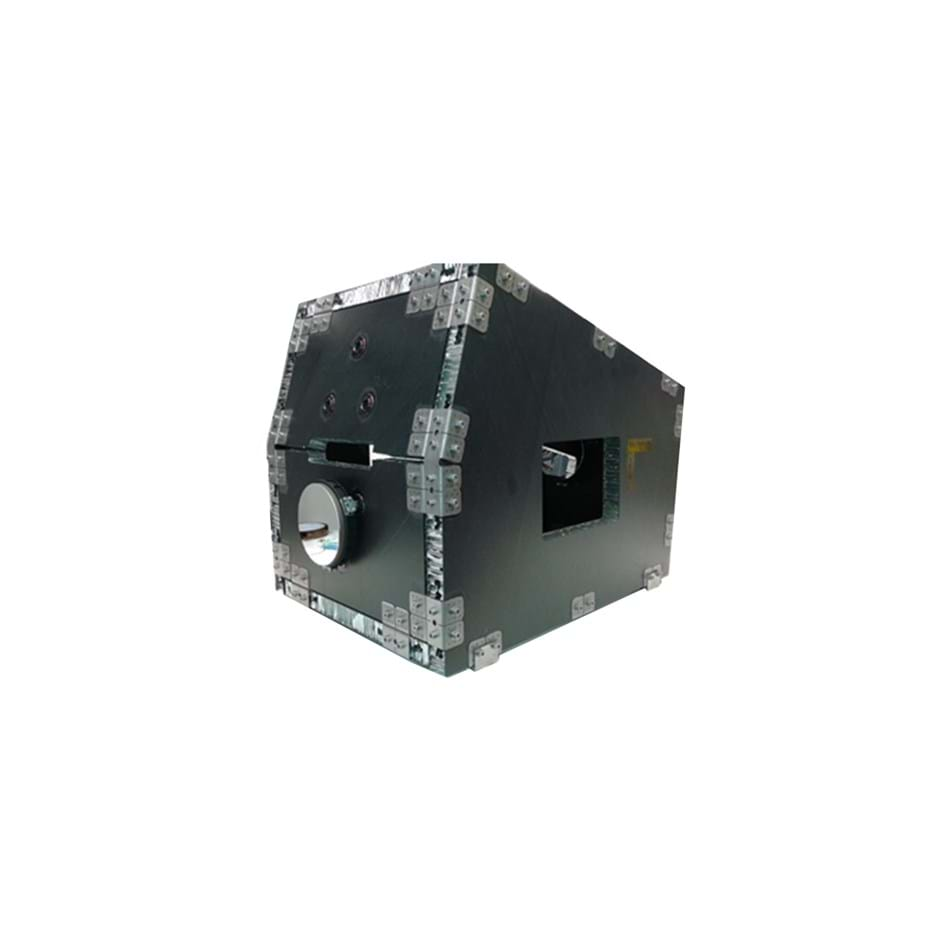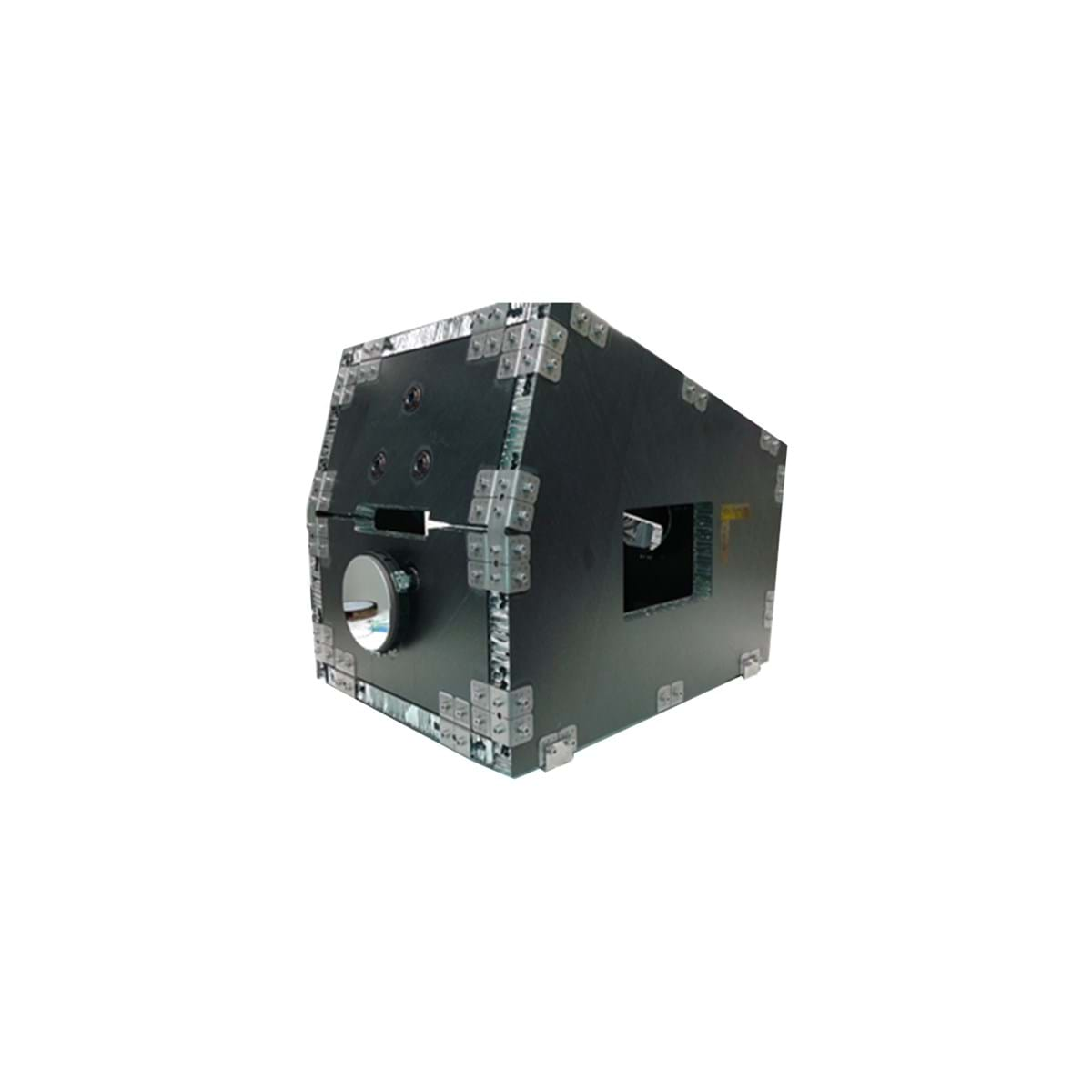In aerospace, a payload is defined as the elements of a spacecraft that have been specifically designed to generate mission data and transmit it back to Earth. Optical payloads are used for monitoring and observation purposes. Examples include the Sentinel 2 satellite mission’s visible and multispectral imager, the multispectral and broadband infrared imagers to be launched on the EarthCARE satellites for scientific data collection, or any of a number of military satellites designed for very high spatial resolution imaging.
There are several reasons why a need for improved optical payloads has emerged. New high-pixel-count imaging sensors can support very high resolution imaging at long range, but only if the optics and opto-mechanics can keep up. This is true for cameras in the visible spectrum and for infrared cameras as well. Long range imaging implies large optics. Lightweight optomechanical structures are therefore necessary to keep payloads compact and light enough for the reasonably priced airborne and satellite platforms that are available.
Optics require precision alignment and must be able to maintain their performance in the presence of vibrations and temperature fluctuations. Induced thermal gradients throughout the optomechanical structure are the biggest problem as far as temperature fluctuations are concerned; their impact can easily be ten times worse than isothermal temperature changes. The higher the payload resolution requirements, the harder it is to manage these environmental conditions in a way that ensures full design performance.
These considerations are especially important for unmanned aerial vehicles (UAV) and airborne and space cameras. Space and mass budgets for these cameras are extremely tight, so the optomechanical structure needs to be lightweight to fit the restrictions. These devices are also exposed to significant vibrations and temperature fluctuations due to launch, flight dynamics, temperature gradients, and periodic solar heating in the vacuum of space.
What is the solution to these challenges? Part of the answer lies in optomechanical designs that combine smart materials and advanced lightweight materials like carbon fiber reinforced polymer (CFRP) to provide dimensional stability in both operating and survival conditions. Typically, CFRP is about a hundred times less sensitive to thermal gradients than aluminum for the same geometry. As a rule of thumb, the use of CFRP should be seriously considered for any space optical device exceeding 1 cubic foot in size if it is sensitive to thermal distortions.
Other elements of the solution include the use of advanced optical and optomechanical design concepts and positioning, advanced approaches to the robust, and high precision alignment of components, and advanced optical setups to ensure the dimensional stability of optical mounts over a wide temperature range. Hexapod and target projector–based alignment and cleanroom coordinate measuring machines (CMM) with advanced controlled software for high precision optical alignment are examples of such techniques.

At INO, we have proven experience in designing hardware solutions using these principles. For example, we have designed and built a compact, stable MWIR camera for a stabilized pod and an ultra-stable CFRP optical bench for a satellite payload. The former is designed to provide stable, high resolution MWIR imagery for tactical use, while the latter was conceived as a lightweight scientific imaging payload to provide high quality data from a small low-cost satellite platform.
Look to us to act as your exploration team in uncharted technological territory, your go-to expert consultant, or your partner of choice in designing, prototyping, and producing a custom solution in answer to your most challenging needs.
Please contact me to discuss optical payload development if you are interested in partnering with INO or if you have any other questions.




